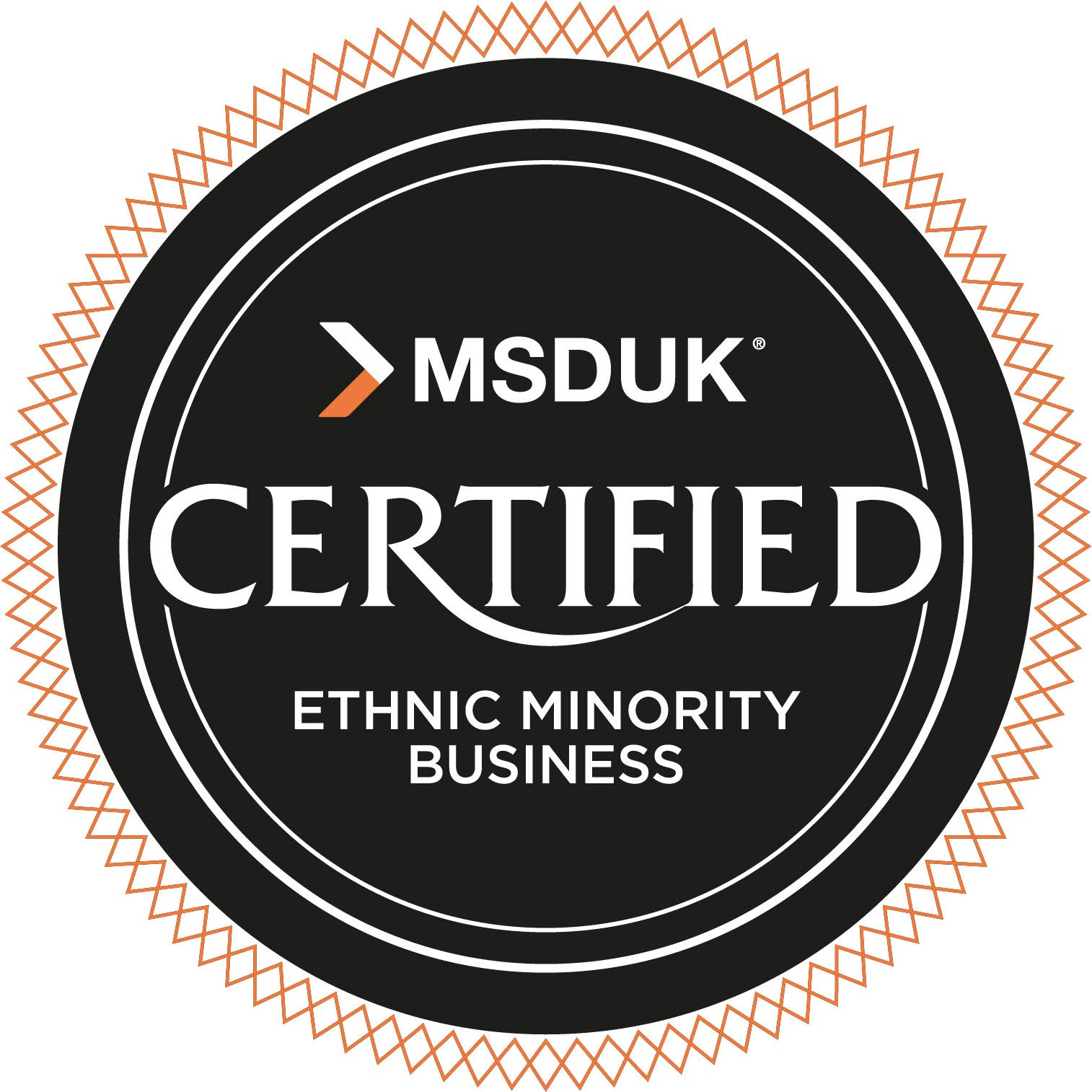
How Organic is Organic?
So you’ve made the decision to go green and by that you mean in everything, from using paperless solutions in your workplace such as note-taking or form signing apps such as papyrus and SignTech paperless business forms to how you dress, the transportation that you use and even in what you eat. You decided to go green in everything.
That’s great and right now in todays world it is one of the best decisions you could make for your self and for the sustainability of a healthy natural environment but supposing that even going green isn’t as straightforward as it should be. Nowadays people label things like 100% organic, organic, X% organic or made with organic ingredients. What do these labels even really mean?
Well after some Internet hunting and article reading I’ve looked high and low and found you some articles.
I can say much on this because really I’d just be paraphrasing and ripping you guys off some pretty valuable time. Here’s the simplest explanation I could find, extracted from an article by Lexi Sachs from the good housekeeping institute
“1. 100% Organic
This claim is as straightforward as it sounds. If a product is labeled 100% organic, it does not contain non-organic ingredients or additives.
2. Organic
If a product is labeled as simply organic it must have a minimum of 95% organic ingredients. Up to 5% can be artificial, like added flavors in food or coloring in cosmetics. Manufacturers do not have free reign over that 5% though: They must adhere to a set list of rules and approved ingredients.
3. Made With Organic Ingredients
These products must have a minimum of 70% organic ingredients. The manufacturer may also choose to label the packaging with a specific percentage, such as "80% organic." The only restriction for the remaining non-organic ingredients is that they must not be on the USDA's list of prohibited ingredients. In this case, the use of the USDA Organic Seal is not allowed.
4. X% Organic
For products with less than 70% organic ingredients, the manufacturer is allowed to label the overall percentage of organic ingredients (i.e. "made with 60% organic ingredients"), but cannot make any reference to the overall product being organic. Here, the remaining non-organic ingredients have no regulations from the USDA.
Keep in mind that organic only refers to the production and handling of the agricultural product. Organic doesn't necessarily mean you're purchasing a healthier product.”
So what does this mean for all of us that really want to take green living seriously? It means we have to be careful. Just because something is labelled organic doesn’t even necessarily mean that its eco-friendly and also just because something has been labelled organic doesn’t mean that it didn’t go through some form of processing later which made the food pretty much as unhealthy as everything else on that isle. We always tend to let our guard down around labels like eco-friendly, organic, and made with natural ingredients. Be careful, not everything is as green as it seems. Eat safe and eat healthy and yes, please go paperless because we are a paperless forms company.
SignTech Forms is an innovative paperless platform that converts existing forms and documents into paperless forms that can be completed on mobile devices and electronically signed seamlessly (with full data integration). For more information visit www.signtechforms.com or email expert@signtechforms.com.


